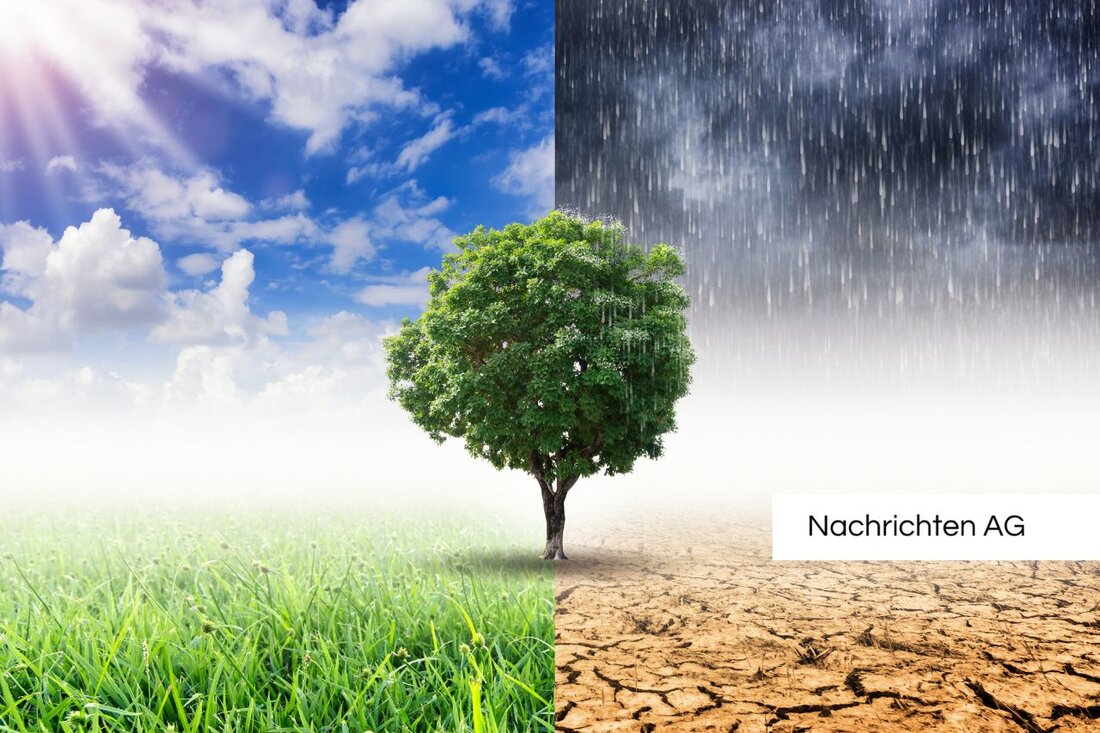Baltic Sea salt threatens Rostock Heath – measures urgently needed!
Research warns: Salt invasion and climate change are endangering Rostock's coastal forest. Urgent action required!

Baltic Sea salt threatens Rostock Heath – measures urgently needed!
Worrying developments are emerging in the idyllic Rostock Heath, one of the largest coastal forests in Germany. Researchers at the University of Rostock, led by Joachim Schmidt, warn of the death of trees on the edges and in the low-lying areas of the heath. The combination of rising sea levels and human intervention is leading to dramatic changes in the landscape between Markgrafenheide and Graal Müritz. NDR reports that ...
The location by the sea not only brings with it picturesque views, but also acute dangers. The rise in Baltic Sea levels in Warnemünde shows that water volumes have increased by around 1.4 millimeters per year since the early 20th century, and this trend is accelerating. Experts expect the water level to rise by at least half a meter by the end of the century, increasing the vulnerability of coastal regions to flooding. During floods, the Baltic Sea penetrates far into the country, which is further facilitated by the deepening of the sea channels.
Ecological consequences of the floods
Particular attention is paid to the soils of the Rostock Heath, which have become extremely dried out and are increasingly threatened by salty Baltic Sea water. After flooding, water cannot drain away, causing salt to build up, which in turn damages trees. In the last 30 years, around 9 hectares of moorland has been lost. Companies and institutions entrusted with coastal protection are called upon to counteract these developments. A package of measures has been presented that aims to reduce salt accumulation and stop heathland dieback. The desired solution involves keeping as much fresh water as possible in the heath and relieving the areas of drainage, mowing and agricultural use.
The citizenry, which must decide on the implementation of these measures, plays a crucial role. But so far it is unclear whether this will actually lead to an intensive discussion of the topic. It is crucial for the region to raise awareness of this ecological challenge, because the Rostock Heath is not only a popular hiking spot, but also a valuable habitat for many rare animal and plant species. [Outdooractive describes the hiking trails through this unique landscape].
Economic significance and challenges
The coastal regions in Germany, especially Mecklenburg-Western Pomerania, are of great symbiotic importance. They are home not only to natural habitats, but also to important economic sectors such as fishing and maritime industries. Although the leisure and recreational value is high and stimulates tourism, intensive use of the seas and coastal areas leads to ecological burdens. Climate change also adds additional challenges: it increases water temperatures and promotes sea level rise, increasing the risk of flooding. The Federal Environment Agency highlights the need for sustainable coastal protection measures.
Those responsible are required to develop integrated coastal zone management that promotes both ecologically intact and economically prosperous coastal areas. The future of the Rostock Heath largely depends on how well people and nature can act in harmony in this sensitive coastal area.

 Suche
Suche
 Mein Konto
Mein Konto